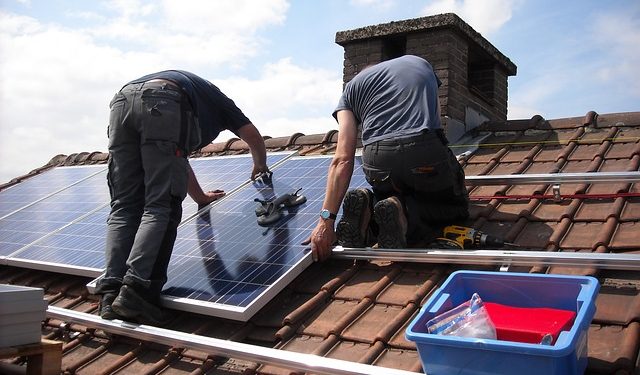Basic Design Considerations for the Roof Skin

Introduction
Ours is a tropical country. Nature bestows on us vast amounts of sunlight almost every day. In fact, all the energy stored in the fossil fuels world-over equates the amount of sunlight received by earth for a span of just three days! One of the easiest and best ways to tap this invaluable natural resource is by installing photovoltaic panels on the rooftops. The government’s decision of making a big investment of 5000 crores for the installation of grid connected rooftop systems is a very encouraging step in this direction both for the dealers as well as users. It is required of us to prepare ourselves beforehand for welcoming the move and to make the most out of the facility.
This article contains certain considerations that can significantly influence the strategy and the simple yet important solar roof top design factors that each one of us must know.
Solar Roof-skin: The definition & description.
Solar photovoltaic cells are the basic elements of the solar electric system and can generate up to 1-2 watts of power. These cells when stacked together form the module which covers a larger surface area. Certainly, the roof top which bears a big, open area and is built at a good height is the best choice to place such a system.
How is it useful?
There are several advantages of incorporating solar rooftops in building design. It will reduce dependency on conventional energy sources thereby mitigating the carbon footprint of the building. The buildings will become sustainable due to its ability to generate electricity with the help of solar panels. Along with the obvious benefits, it is an inevitable choice for the future. Smart buildings that require electricity for its very functioning itself will possess the ability to support the conventional and non-conventional electricity sources. Solar PV cells will ease the provision of energy and hence a wonderful add on to the smart buildings.
Careful!
There are a couple of design factors that must be given due consideration while designing solar rooftops to save on money and energy. Till now, the plot sizes were distributed in uniform sizes to the users for building construction with a limit only on the maximum building height. With the advent of solar roof-tops it becomes necessary to provide construct buildings of uniform heights as well. This is required so that all the buildings receive adequate sunlight without any obstruction. Other important ones include taking care of panel orientation, roof and panel pitch along with the management of heating of solar panels.
Useful Illustrations
Some noteworthy examples like that of Amritsar and the Pandri village of West Bengal where solar rooftops have been successfully installed and are completely functional stand as inspirations before us for developing such advantageous solar rooftops in our houses and offices.
The Future
Currently, the total cost of installation of a 5 kW solar electric system costs around 5-7 lakhs and bears a warranty period of 25 years. Foreign countries like Japan and Taiwan have also come forward and have decided to invest on solar projects in India. This brings opportunities to develop solar cells indigenously and hence cut down costs of solar modules. Furthermore, by introducing subsidy and income tax rebate of 30% each and accelerated depreciation of 80% the government plans to encourage the masses to actively engage themselves in this direction.
[Image Attribute: MariaGodfrida]




